At the very back of the eye is a cluster of cells called ipRGCs. They are cells that don’t depend on vision to sense light, and that keep the circadian rhythms of both sighted and non-sighted people in sync with the sun. Without them, we would not feel the pull of sleep at night; we might fall asleep in the middle of the day and we would feel perpetually jet-lagged. It is the continuous effect of the strong, high-lux light of the sun and dim, low-lux light of the moon on these cells that keeps us, essentially, in sync with time and with society.
This is too true for Linda Geddes’s interviewees in Chasing the Sun: The New Science of Sunlight and How it Shapes our Bodies and Minds (Wellcome, £14.99). Mark has a sleep disorder that means he sleeps incrementally later every night, putting him gradually more and more (and eventually less and less) out of sync with the sun. He slept through months of school, couldn’t go to university and hasn’t been able to hold down any job. Something in his body stops his ipRGCs from responding to sunlight correctly, and so he is forced to exist in a different time to everyone else; he is ‘in a different orbit to the rest of society’.
Geddes, a science journalist, investigates how crucial living in sync with the sun’s light is; and how detrimental it is not to. Harry, another man she interviews who lost his eyes (and the ipRGCs along with them) in a bomb explosion, lives, like Mark, essentially as though the sun and moon don’t exist, in a strange vacuum without the pushes and pulls of light.
The easiest way to understand the importance of the sun and moon for all life on Earth is to imagine a scenario in which one or the other (or both) don’t exist. This is a thought exercise Oliver Morton presents us with in The Moon: A History for the Future, which is at its heart a love letter to the moon (Economist Books, £20). Remove the moon from the sky and the Earth’s axis would likely dramatically tilt or straighten; we might end up like Mercury, a planet with no moon, whose tilt is a tiny two degrees, and lose our seasons entirely; or we might roll over and rotate on our side, like Uranus, with a pole pointing at the sun, and half our world stuck in a perpetual night-cum-ice-age. Lose the moon, and life — at least for our species — would probably cease to be, a fact given particular weight when Morton considers the often reckless ways in which our species plan to use the moon.
Ideas for how the moon could be exploited have included transforming it into a giant billboard, visible from anywhere on Earth, and etching into its face the logo of a company; or turning it into a huge solar panel farm; or stationing nuclear power plants on its surface, to eliminate pollution on Earth; and making it a tourist destination (something likely to become reality sooner rather than later). After pages of beautiful photographs of work by artists who have been inspired by the moon, the authors of Greenwich Observatory’s book, The Moon: A Celebration of Our Celestial Neighbour (£20), describe how, during the Cold War, America came close to performing a nuclear bomb test on the moon.
Project A119 (which didn’t go ahead due to concern that the American people would disapprove of it) imagined an explosion visible to the whole world that ‘would have demonstrated US military might’. In the context of both books’ exploration of what the moon gives and has given us — a tether to a safe rotational axis, life, art, stories, music — all of these ideas come across as crazy. The moon, Morton believes, should be treated with respect; when we take it for granted, we are playing with fire.
We are, literally, playing with fire in some ways. Steve Jones’s Here Comes the Sun (Little Brown, £20), a book on the physics of the sun and its effects on organisms on Earth, is essentially a book on climate change. He insists that our relationship with the sun is delicate (he directly challenges climate change deniers, including James Delingpole, who wrote an article in The Spectator against Jones’s report for the BBC which called for deniers to be given less airtime than climate change scientists, a recommendation that has now been implemented).
He lists instances of heatwaves around the world; they are becoming more frequent and more severe, something with surprisingly extreme consequences (in the UK, a country of middling weather, death rates increase by half when the temperature rises above 30°C). Aircrew, exposed to more radiation per year on flights than X-ray workers, are now classified as radiation workers in America. He argues that destruction of wild spaces from over-farming, deforestation and fossil-fuel emissions are damaging our planet beyond repair. Jones, Morton and the collective authors of The Moon: A Celebration all ask whether we are doing enough to protect our planet and our species.
Morton describes himself as an ‘orphan of Apollo’ — ‘a child of the late 1960s, for whom space remains an inspiration and a disappointment’, who witnessed the moon-landing 50 years ago and then the ‘curtailment of the space programme’ soon after. He describes feeling bereaved. For a long time, Morton believed that the lunar missions achieved little beyond showing off America’s superiority over other countries. However, from the lunar missions came a new perspective of Earth — a recognition of the rarity of life, an appreciation of the beauty of what that means about our planet, and a determination to look after it and our species. Michael Collins, the Apollo astronaut behind the famous photograph ‘Earthrise’, in which the Earth rises above the surface of the moon, wrote:
If the political leaders of the world could see their planet from a distance of 100,000 miles, their outlook could be fundamentally changed… The tiny globe would continue to turn, serenely ignoring its subdivisions, presenting a unified face that would cry out for unified understanding, for homogeneous treatment.
So much of what happens immediately around us is determined by objects that are unfathomably distant from us. All of these books try to close that distance and to reconnect us to the moon and sun. By doing so we learn how fully to appreciate our own planet — whether through encouraging us to spend more time out of doors and to ‘resync’ with the cycle of sun and moonlight; through showing us how close we have come to compromising our protection against the sun; or through reawakening our perception of the moon as muse for artists, writers and musicians. The Moon: A Celebration ends with a quotation from Collins that feels apt after reading each of these books: ‘Let us treasure the Earth. There is not another one.’
Got something to add? Join the discussion and comment below.
Get 10 issues for just $10
Subscribe to The Spectator Australia today for the next 10 magazine issues, plus full online access, for just $10.
You might disagree with half of it, but you’ll enjoy reading all of it. Try your first month for free, then just $2 a week for the remainder of your first year.

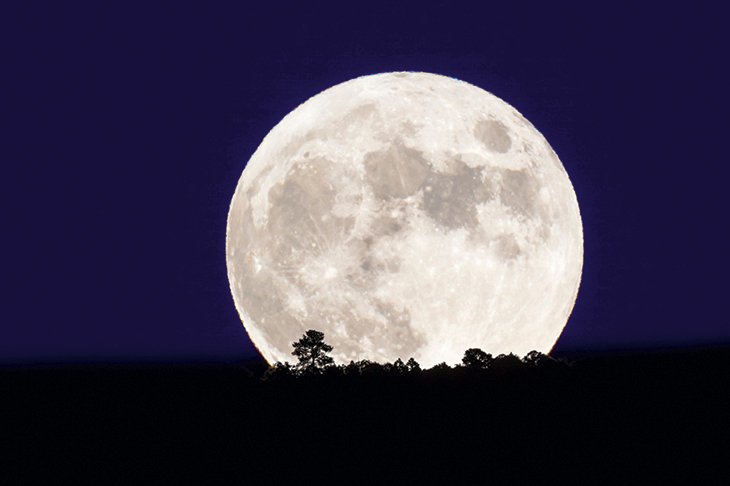
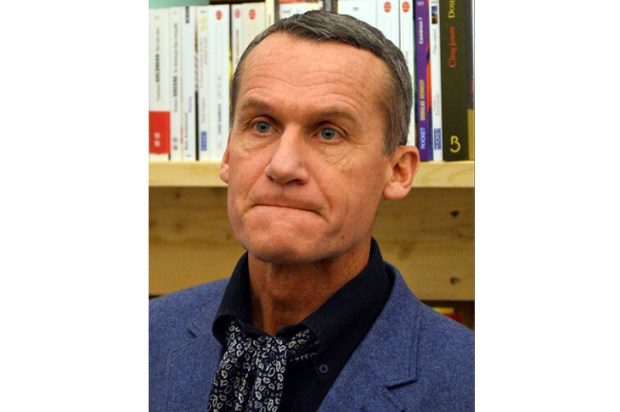

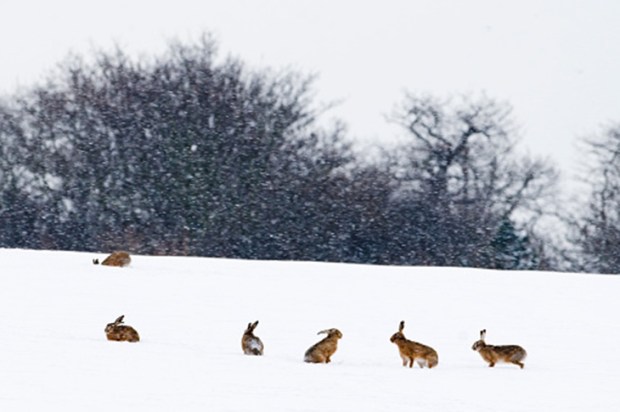

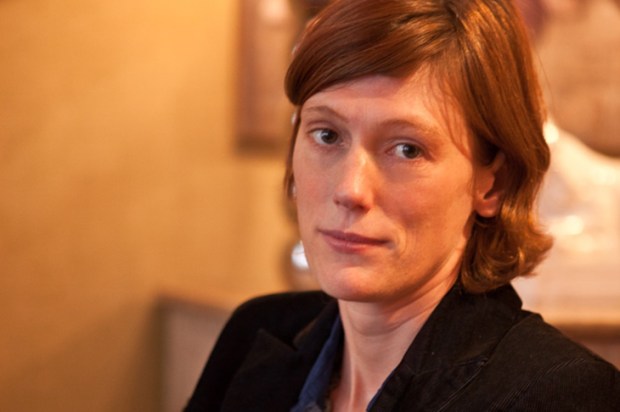
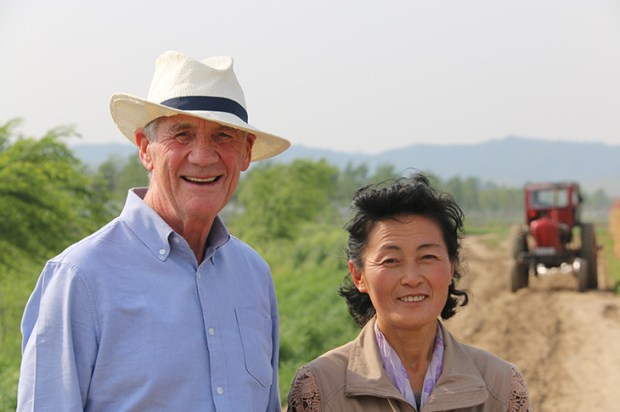






Comments
Don't miss out
Join the conversation with other Spectator Australia readers. Subscribe to leave a comment.
SUBSCRIBEAlready a subscriber? Log in